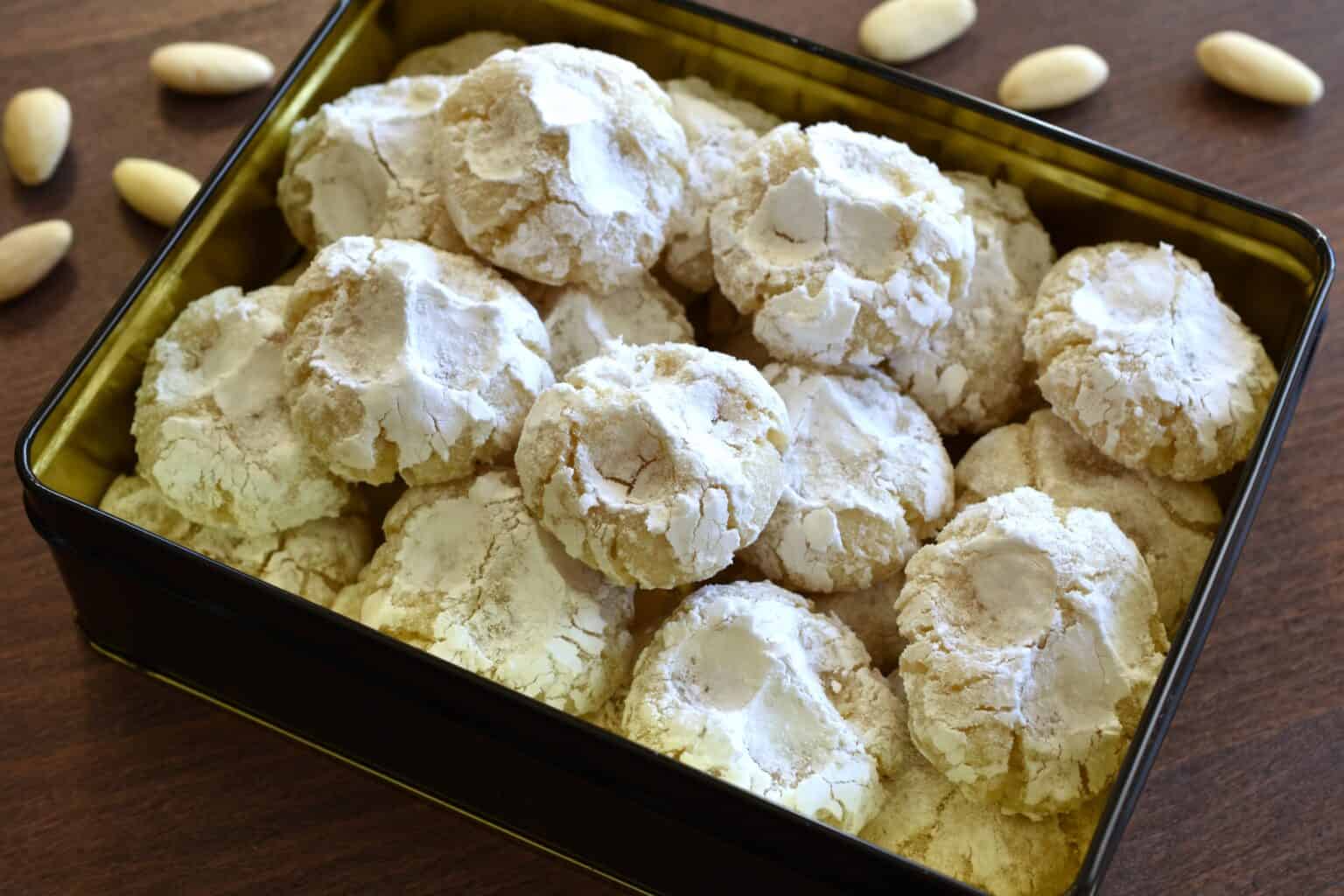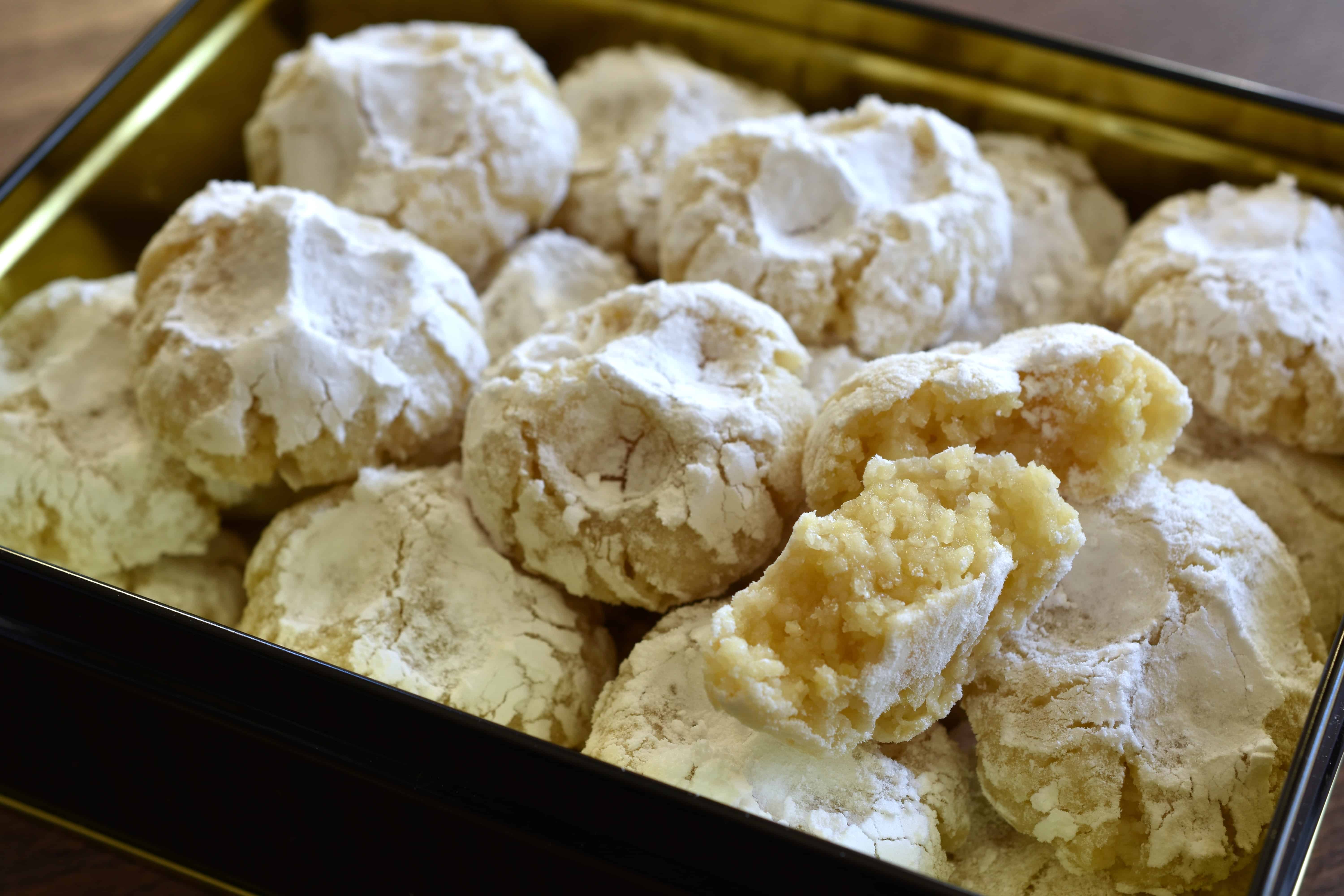
Photo by Agata Lagati
One of my favorite Sicilian treats as a child was torrone, a nut-filled nougat candy my Sicilian grandmother always had on hand, especially for the holidays.
I recently encountered a recipe for torrone in the pages of Giovanna Bellia La Marca's Sicilian Feast, recently reissued as an expanded edition of her 2004 book.
"Torrone is such a part of Sicilian cuisine that no holiday goes by without it," says Giovanna. "It's delicious. Children love it; adults love it. So it's just part of our culture and kind of a symbol of Sicily."
Giovanna La Marca, who came to the U.S. from Sicily when she was 10 years old, also runs the Kitchen on the Cliff YouTube channel. The name is a nod to the fact that her kitchen is actually on a cliff overlooking Manhattan.
Giovanna shared with me the history of torrone, how the Sicilian recipe differs from that of mainland Italy, and how this nougat treat has become a Sicilian symbol.
What is torrone?
Torrone is a nougat candy, and in Sicily, we make it with almonds and sugar or almonds and a combination of sugar and honey.
It is very much tied to our history. Since antiquity, many people have invaded Sicily. There were the Greeks who made settlements all over Sicily, and they, of course, brought the trees.
The myth is that a boat carrying almond trees and grapevines was going to Puglia, the heel of Italy, which is very close to Greece. And the wind blew it to Sicily.
But the sweets! Sicily is quite famous for its sweets. One of the great sweets is torrone, and another one is marzipan, which are little sculptures of fruits that are so lifelike that when you see them in the window of the pasticceria, it is just amazing to see the likeness and the artistry with which they are made.
To achieve that, Sicilians already had almonds, but the sugar was brought by the Arabs around 700, and they planted sugarcane in Sicily.
An interesting side note of that is that the sugar industry in Sicily was dominated by the resident Jews. There was quite a large Jewish colony in Sicily, and they developed the sugar industry.
Now unfortunately, in 1492, when Spain expelled the Jews, they expelled them not only from their own country but from all the places that they controlled as well, which included Sicily. The Sicilians had no quarrel with the Jews. In fact, the Jewish people really ran the sugar industry. So they waited six months. They didn't want to expel them. But Spain prevailed. And that ended the sugar industry in Sicily, which is a little-known fact but a very interesting one, I think.
How does Sicilian torrone differ from torrone found elsewhere in Italy?
Well, the typical torrone of Italy is white, and it's made with a meringue of sugar and almonds and sometimes other nuts and sometimes bits of citron and so on. It is poured on edible rice paper, and that's how it's served and cut.
In Sicily, it is really almonds surrounded by crunchy caramel. It's very, very crunchy. It's actually a brittle. You can cut it with a knife, and you get all the cross sections of the almonds, which is very pretty. But you can also break it. It breaks in odd shapes, and that's another way that we usually serve it.
As a child, I had trouble with it because I didn't have the patience to let it melt in my mouth. I wanted to chew it, and chewing it was a job because it was really quite hard.
I'm not talking about the soft caramel we all know. I'm talking about true caramel, which, if you pour into a greased bowl and turn the bowl upside down, you end up with a bowl made of caramel.
It's used that way for very high cuisine. In Sicily, we have two cuisines. We have home cooking, which is extremely rich and wonderful because it's influenced by all the invasions. Our invaders did contribute a great deal; they didn't just invade. They contributed to the language. They contributed to music, and they contributed to the food.
What developed in Sicily in the Renaissance was a cuisine for the aristocrats. The cooks were generally trained in France, then came back to Sicily and became the monzu. These professional chefs worked for two entities: the church and the aristocracy. And that was an extraordinary cuisine.
What does torrone symbolize for Sicily?
Well, it's something delicious, and sweets are generally the food that you get at festivals. They're always served at Christmas and for all of the feasts. Every Sicilian town has a patron saint and a feast for the patron saint.
It really represents Sicily in its products because of the almonds of Sicily, particularly the city of Avola. Avola produces almonds that are called pizzuta, which means pointy almonds. They are very, very fragrant and very flavorful. That, of course, is due to the climate and the soil. In Sicily, the volcanic soil produces fruits and nuts with flavors you don't get otherwise.
Almonds are part of a very important festival in Agrigento. The almonds fruit in February. So, in February, Agrigento is filled with almond trees in bloom. The almond trees in bloom have such a heady perfume that you almost feel enveloped by the scent of the almonds and the almond trees. So there's a lot of folklore around it.
What was your goal with your cookbook, and what do you hope readers will take away?
I think I had very specific reasons for writing a book. I am a cook. I am a passionate cook. I have always loved to cook. I started when I was 10 years old.
My mother cooked well, but she wasn't passionate about it. She had to have a perfectly orderly house and a floor that you could eat off of. My father did a lot of cooking, and he was very good, and I was his assistant. So if he made, say, risotto, I was the one who chopped the mushrooms. And the mushrooms for the risotto had to be about the same size as the grains of rice. So, I had a very good beginning.
I met Italian Americans and Sicilian Americans, and they always said, "I remember my grandmother's cooking. It was so delicious. It was so wonderful. But she didn't leave any recipes, and I was too young to ask for recipes."
I heard this over and over again, so I thought, "I would like to write a cookbook that gives them Nonna's recipes."
My aim was to give typical and original recipes—not versions of, but the original recipes, the recipes that we all came up with and that our grandmothers cooked.
>>Get your copy of Sicilian Feast here!<<
If you enjoyed this article, consider subscribing to my newsletter for more content and updates!


